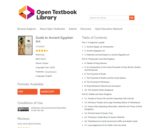
This book contains all of Smarthistory’s content for Ancient Egyptian art.
- Subject:
- Art History
- Arts and Humanities
- Material Type:
- Textbook
- Provider:
- SmartHistory
- Author:
- Beth Harris
- Ruth Ezra
- Steven Zucker
- Date Added:
- 11/05/2021

This book contains all of Smarthistory’s content for Ancient Egyptian art.
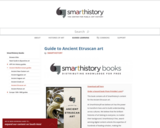
This book contains all of Smarthistory’s content for the Ancient Etruscan art.
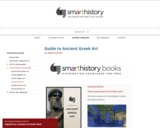
This book contains all of Smarthistory’s content for Ancient Greek art.
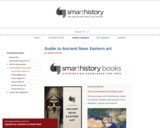
This book contains all of Smarthistory’s content for Sumerian, Akkadian, Neo-Sumerian / Ur III, Babylonian, Assyrian and Persian art.
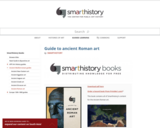
This book contains all of Smarthistory’s content for the Ancient Roman art.

The “Beginner’s guide” introduces foundational concepts, such as the chronology of Byzantine history, sacred imagery, and wearable objects. Subsequent sections are arranged chronologically, covering the Early Byzantine period (c. 330–700), the Iconoclastic Controversy (c. 700s–843), the Middle Byzantine period (843–1204), the Latin Empire (c. 1204–1261), and the Late Byzantine period (c. 1261–1453) and beyond.
These sections include thematic essays on Byzantine art and architecture, essays that focus on key works (subtitled artworks in focus or architecture in focus), and essays that explore Byzantium’s relationships with other cultures (subtitled cross-cultural perspectives). Finally, we have included questions for study or discussion to encourage teachers, students, and other readers to engage with videos and other content on the Smarthistory website which could not be included in this book format but which we believe richly compliments what is presented here.
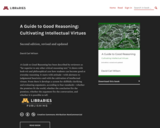
A Guide to Good Reasoning has been described by reviewers as “far superior to any other critical reasoning text.” It shows with both wit and philosophical care how students can become good at everyday reasoning. It starts with attitude—with alertness to judgmental heuristics and with the cultivation of intellectual virtues. From there it develops a system for skillfully clarifying and evaluating arguments, according to four standards—whether the premises fit the world, whether the conclusion fits the premises, whether the argument fits the conversation, and whether it is possible to tell.
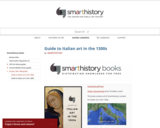
This book contains all of Smarthistory’s content for Italian art in the 1300s.
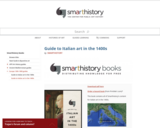
This book contains all of Smarthistory’s content for Italian art in the 1400s.

A handbook for faculty interested in practicing open pedagogy by involving students in the making of open textbooks, ancillary materials, or other Open Educational Resources. This is a first edition, compiled by Rebus Community, and we welcome feedback and ideas to expand the text.
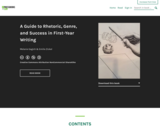
This book combines the Introduction to Writing in College by Melanie Gagich and ENG 102: Reading, Writing and Research by Emilie Zickel, which were both supported by Cleveland State University’s 2017 Textbook Affordability Small Grant. The book was then revised, edited, and formatted by Melanie Gagich, Emilie Zickel, Yvonne Bruce, Sarah Lacy, John Lanning, Amanda Lloyd, Charlotte Morgan, and Rashida Mustafa. This work was made possible through the generous support of the Cleveland State University Office of the Provost.
Within each chapter there are sections written by Melanie Gagich, Emilie Zickel, or other members of the textbook team (see above) and authorial attributions are given. This book also contains other resources integrated under Creative Commons licenses. These open access resources include complete and also remixed chapters from Monique Babin, Carol Burnell, Susan Pesznecker, Nichole Rosevear, and Jamie Wood’s The Word on College Reading and Writing, links to several essays from the open source textbook series Writing Spaces: Readings on Writing, and several links to articles from the open source website Writing Commons. Additionally, parts of this book also come out of a remixed version of Robin Jeffrey’s, About Writing, which have been rearranged, amended, edited, and enhanced with digital reading experience by including videos and visual reading features. Shared and remixed materials will be denoted with attribution information when necessary.
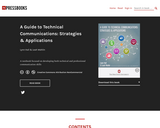
Welcome to the textbook for Engineering Technical Communications courses at The Ohio State University. Our aim in writing this textbook was to create a resource specifically focused on and applicable to the kinds of communication skills most beneficial to the students who take our courses. Therefore, this textbook focuses on developing both technical and professional communication skills and will help readers practice strategies for critically analyzing audiences and contexts, real-world applications of rhetorical principles, and skills for producing documents (reports, proposals, instructions), presentations, videos, and wide variety of other professional communications.
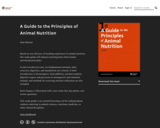
Based on over 20 years of teaching experience in animal nutrition, this study guide will enhance learning basic food animal nutritional principles.
In this introductory text, six fundamental nutrients, their structure, digestion, and metabolism are covered. A brief introduction to bioenergetics, feed additives, nutrient analysis, digestive organs and processes in monogastric and ruminant animals, and methods for assessing nutrient utilization are also included.
Each chapter is illustrated with a new terms box, key points, and review questions.
This study guide is an essential learning tool for undergraduate students majoring in animal sciences, veterinary medicine, or other related disciplines.
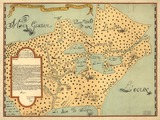
A collection of primary source readings for American History to 1877.

A collection of primary source readings for American History to 1877.
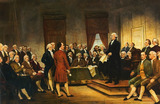
A collection of primary source readings for American History to 1877.
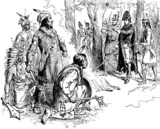
A collection of primary source readings for American History to 1877.
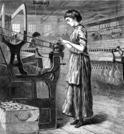
A collection of primary source readings for American History to 1877.
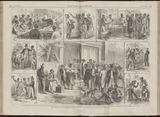
A collection of primary source readings for American History to 1877.
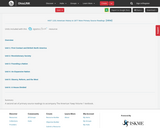
A second set of primary source readings to accompany The American Yawp Volume 1 textbook.